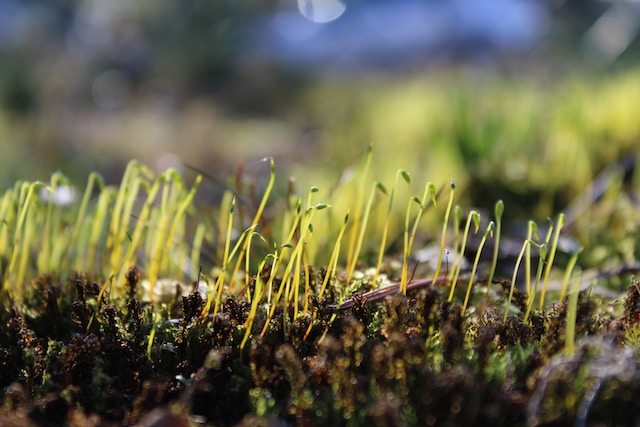Having a beautiful and functional garden is a dream for many homeowners. However, creating a stunning outdoor space requires careful planning and execution. In this article, we will guide you through the process of planning your landscape and garden, from setting your goals to selecting the right plants and materials.
Setting Goals and Priorities
Before starting any landscaping project, it’s essential to define your goals and priorities. Ask yourself, what do you want to achieve with your garden? Are you looking for a space to relax and entertain, or do you want to grow your own vegetables and fruits? Defining your goals will help you determine the scope of your project and allocate your resources accordingly.
Assessing Your Site
The next step is to assess your site’s conditions and limitations. Take note of your property’s orientation, topography, soil quality, and microclimate. These factors will determine which plants will thrive in your garden and how you can arrange them to maximize their beauty and functionality.
Creating a Site Plan
Once you have gathered all the necessary information about your site, you can start creating a site plan. A site plan is a detailed map of your property that shows the location of existing structures, trees, and other elements that will affect your landscape design. A site plan will also help you visualize how your garden will look like once the project is completed.
Designing Your Landscape
With your goals, site conditions, and site plan in mind, it’s time to start designing your landscape. There are many design principles that you can apply, such as balance, proportion, rhythm, unity, and focalization. However, the most important principle is to create a design that suits your preferences and needs. Don’t be afraid to experiment and mix and match different elements to create a unique and personalized landscape.
Selecting Plants and Materials
Choosing the right plants and materials is crucial to the success of your garden. When selecting plants, consider their size, growth rate, flowering period, color, texture, and maintenance requirements. Make sure to choose plants that are compatible with your site’s conditions and will complement your design. When selecting materials, consider their durability, texture, color, and cost. Don’t forget to factor in the cost of installation and maintenance when selecting materials.
Implementing Your Plan
Once you have finalized your landscape design and selected your plants and materials, it’s time to implement your plan. This stage involves preparing the site, installing hardscape and softscape elements, and ensuring proper irrigation and drainage. Make sure to follow the plan and specifications carefully and hire professionals if necessary.
Maintaining Your Garden
Maintaining your garden is crucial to keep it healthy and beautiful. Regular maintenance tasks include watering, fertilizing, pruning, mulching, weeding, and pest control. Make sure to follow the maintenance schedule and guidelines for each plant and element. Don’t hesitate to seek professional help if you encounter any problems or challenges.
Frequently Asked Questions
- What are some low-maintenance plants for a beginner’s garden? Some low-maintenance plants for a beginner’s garden include succulents, herbs, shrubs, and perennials such as lavender, daisies, and salvia.
- How do I create a focal point in my landscape design? You can create a focal point in your landscape design by using a large tree, a sculpture, a water feature, or a colorful plant.
- How do I prevent weeds from taking over my garden? You can prevent weeds from taking over your garden by using mulch, weed barriers, hand weeding, and using organic herbicides.
- How do I choose the right irrigation system for my garden? You can choose the right irrigation system for your garden by considering factors such as your water source, soil type, plant types, and climate. Some common irrigation systems include drip irrigation, sprinkler systems, and soaker hoses.
- How do I incorporate sustainable practices into my garden? You can incorporate sustainable practices into your garden by using organic and locally sourced materials, composting, recycling, and reducing water usage. You can also choose native plants and create habitats for pollinators and other wildlife.
Conclusion
Planning your landscape and garden can be a fun and rewarding process. By setting your goals, assessing your site, creating a site plan, designing your landscape, selecting plants and materials, implementing your plan, and maintaining your garden, you can create a beautiful and functional outdoor space that suits your needs and preferences. Remember to consider sustainability and seek professional help if needed. Happy gardening!
We hope that this article has been helpful in guiding you through the process of planning your landscape and garden. If you have any questions or comments, please feel free to leave them below. Also, don’t forget to share this article on your social media channels to help others plan their dream garden too!
Source: http://www.snolosleds.com/












